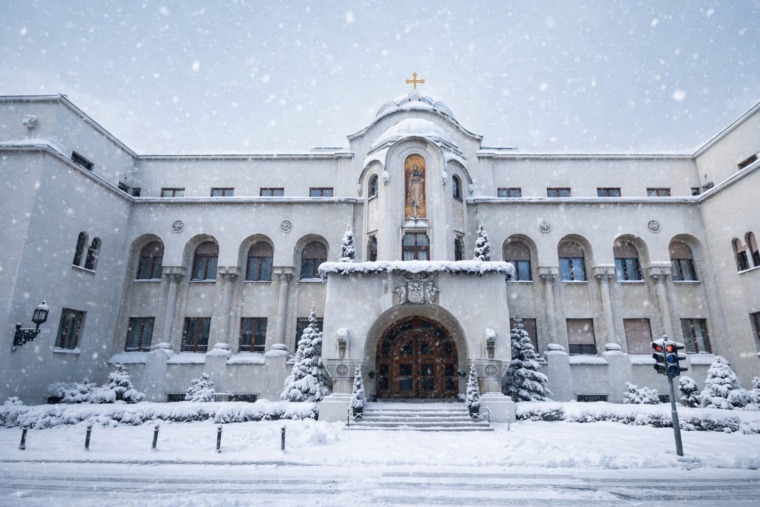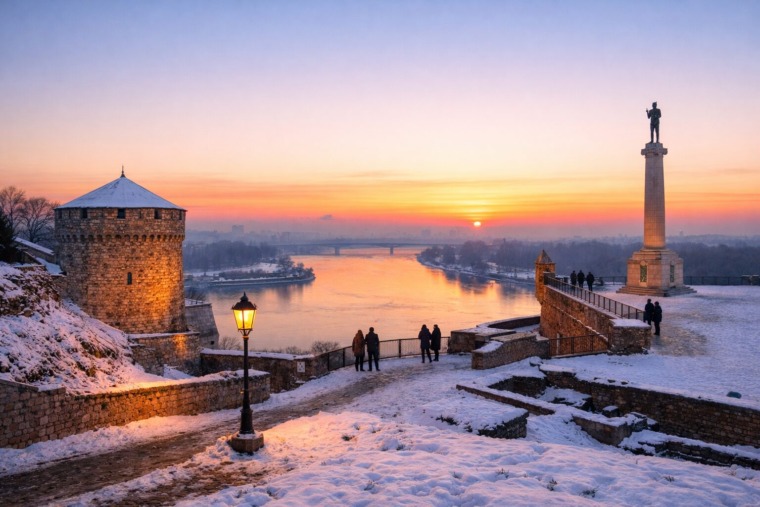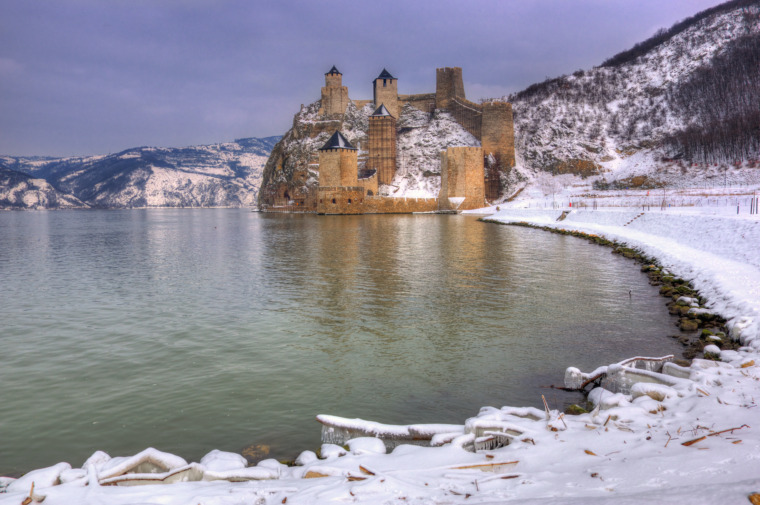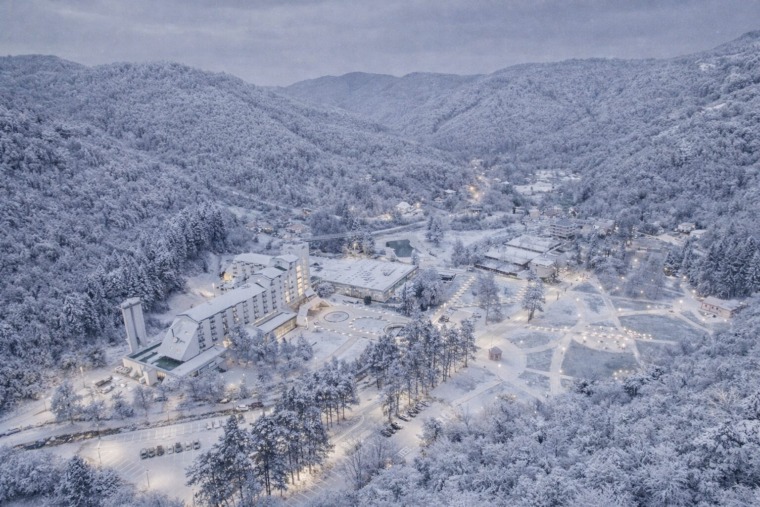
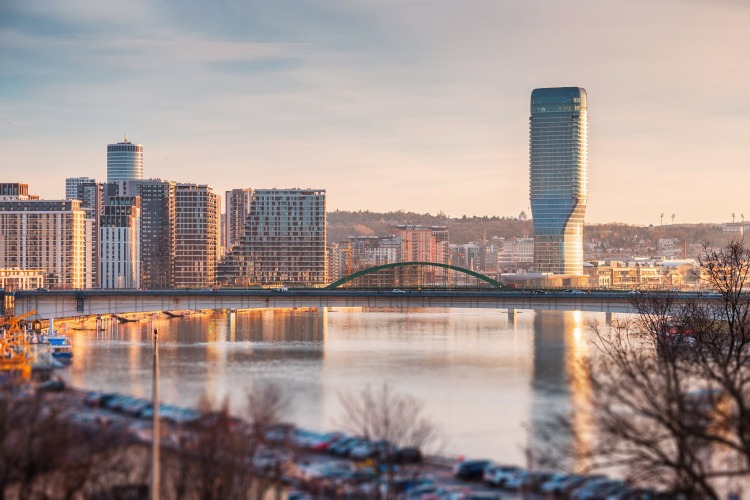
Serbia, located at the crossroads of Central and Southeast Europe, has been gaining attention as a destination for real estate investment. With its growing economy, attractive property prices, and favorable business environment, the country offers significant opportunities for both local and international investors.
In this article, we will explore the current landscape of real estate investment in Serbia, highlighting key trends, advantages, and considerations for potential investors.
1. Why Serbia? An Overview of the Investment Climate
Serbia’s real estate market is supported by several macroeconomic factors that make it appealing to investors. Since the early 2000s, the country has embarked on a steady path of economic reform, including privatization, modernization of infrastructure, and regulatory improvements. These reforms have not only attracted foreign direct investment but have also improved the overall business climate.
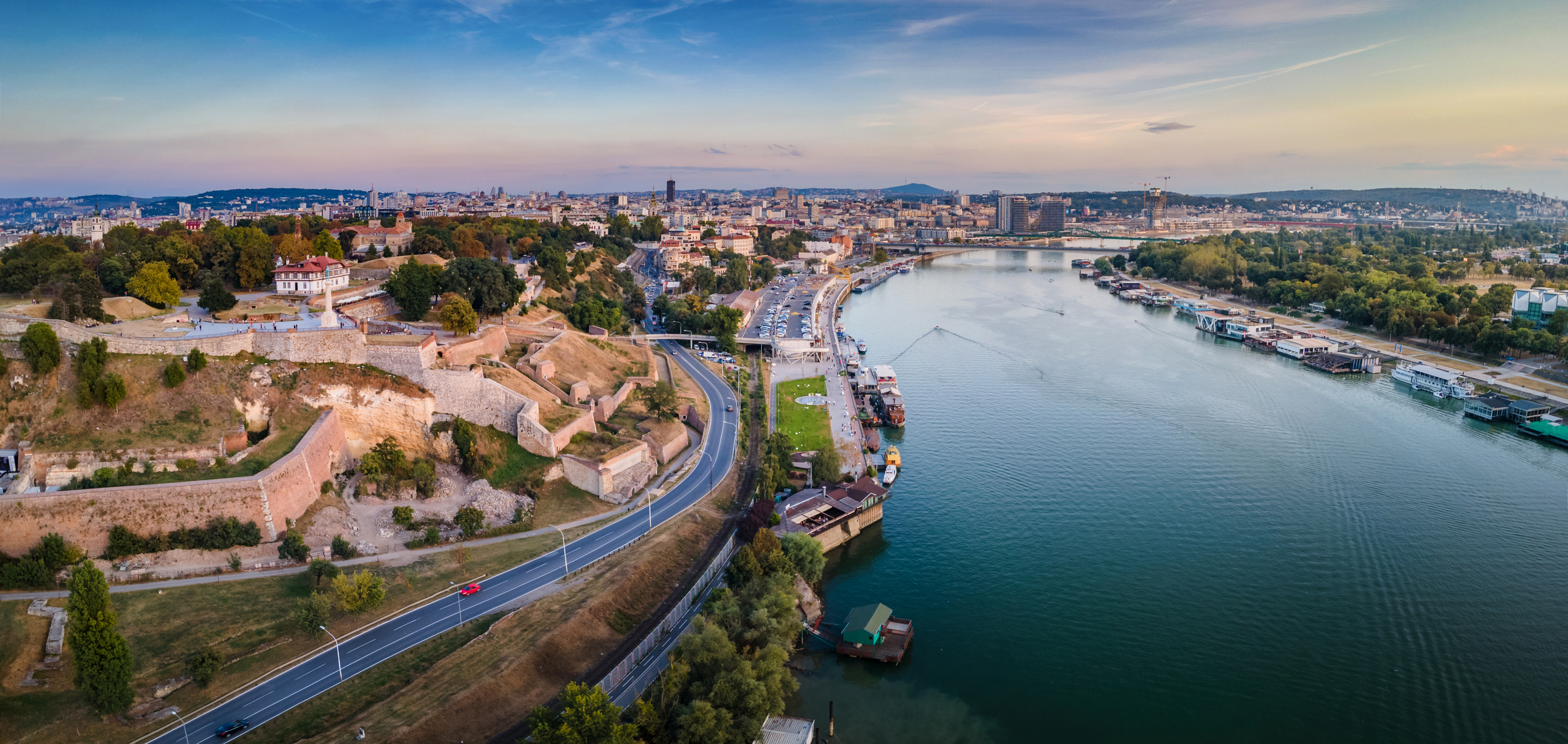
Serbia’s central location in the Balkans, along with its free trade agreements with the European Union (EU), Russia, and Turkey, adds to its appeal as a strategic hub for investors. Though Serbia is not yet a member of the EU, its candidate status has led to political stability and continuous alignment with EU standards, which further enhances investor confidence.
2. Real Estate Market Segments in Serbia
- Residential Properties
Residential real estate is one of the most popular segments for investment in Serbia, particularly in the capital city of Belgrade. The demand for high-quality housing has been driven by urbanization, rising incomes, and a growing middle class. New construction projects, such as luxury apartments, gated communities, and modern residential complexes, are on the rise to meet this demand.
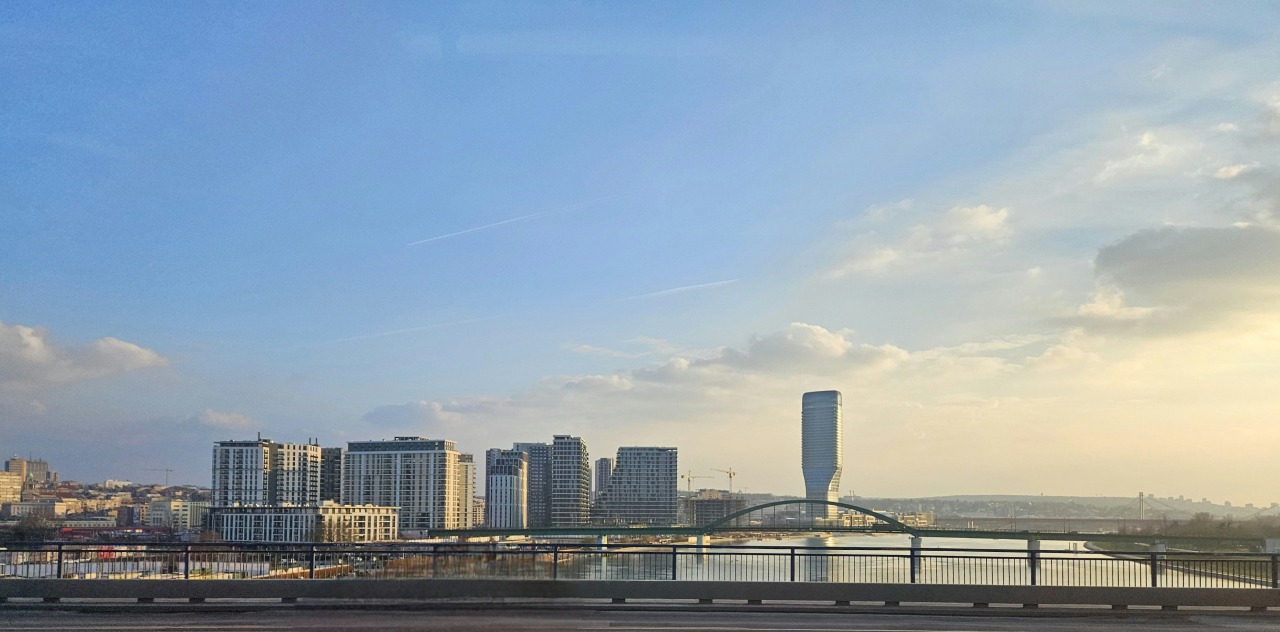
The affordability of properties in Serbia compared to other European countries is a major draw for foreign buyers. Investors from Russia, China, the Middle East, and Western Europe have shown particular interest in purchasing homes and apartments in Serbia. Additionally, rental yields, especially in Belgrade, are favorable, offering an excellent opportunity for those looking to generate income from rental properties.
- Commercial Real Estate
Commercial real estate, including office spaces, retail centers, and industrial properties, has also seen significant growth in recent years. Belgrade, as the country’s economic hub, has experienced a rise in demand for modern office spaces driven by the expansion of multinational corporations and startups setting up regional headquarters in the city.
Serbia’s strategic position in Europe makes it an attractive logistics and industrial center. Investors are increasingly interested in industrial real estate, especially warehouses and distribution centers. This is due to Serbia’s excellent connectivity to European markets via road, rail, and river transport, as well as competitive labor costs.
- Hospitality and Tourism
The tourism sector in Serbia has been growing steadily, driven by both natural and cultural attractions. The country’s cities, such as Belgrade and Novi Sad, are popular tourist destinations, while rural and mountainous areas attract nature and adventure enthusiasts. As a result, the demand for hotels, short-term rental properties (like Airbnb), and boutique accommodations has increased.

Investors looking at hospitality real estate will find Serbia to be a promising market, with opportunities to develop or acquire hotels, hostels, and vacation rental properties. The affordability of land and existing properties outside of major cities also offers potential for the development of resort-like accommodations in picturesque regions such as Kopaonik and Zlatibor.
3. Key Trends in the Serbian Real Estate Market
- Increasing Demand for Sustainable Buildings
A notable trend in Serbia’s real estate market is the growing emphasis on sustainability and eco-friendly construction. Both developers and buyers are becoming increasingly aware of energy efficiency, sustainable materials, and environmentally conscious designs. Buildings with energy-efficient features and green certifications are attracting premium prices and rental rates, particularly in the commercial sector.
- Urbanization and Smart City Initiatives
As Serbia continues to urbanize, cities like Belgrade are investing in smart city projects to modernize infrastructure, improve public services, and enhance quality of life. These initiatives, which include digitalization, transportation upgrades, and sustainable urban planning, are opening new avenues for real estate investment. Residential and commercial developments that align with these smart city goals are likely to be in high demand.
- Impact of Remote Work on Property Demand
The rise of remote work has led to a shift in how people view property, with many seeking homes that offer more space and comfort, particularly in suburban or rural areas. This shift is creating opportunities for real estate investors to explore properties outside the traditional urban centers. Small towns and scenic regions in Serbia are becoming attractive for those seeking affordable, high-quality living options while working remotely.

4. Regulatory Considerations for Foreign Investors
Foreign investors are permitted to buy real estate in Serbia, but there are certain restrictions. For example, non-residents can purchase residential and commercial properties but may face limitations when it comes to agricultural land. It is essential for investors to be aware of the legal framework and obtain proper legal guidance to navigate these regulations.
Another advantage for foreign investors is Serbia’s relatively low property taxes compared to other European countries. Additionally, there are no inheritance taxes for direct descendants, making property investment in Serbia an attractive option for those looking to build wealth over generations.
5. Conclusion
Serbia presents a dynamic and evolving real estate market with opportunities across residential, commercial, and hospitality sectors. With relatively low property prices, high rental yields, and a favorable business environment, it is an attractive destination for investors looking to capitalize on emerging markets.
However, like any investment, careful consideration of local regulations, market trends, and potential risks is crucial for long-term success. As Serbia continues to develop and integrate with the global economy, the country’s real estate sector is likely to offer substantial returns for forward-thinking investors.
Related Articles


Novak Đokovic Receives Special Globe Soccer Award in Dubai
December 29, 2025
From Culture to Sport: The Moments That Shaped Serbia in 2025
December 27, 2025


